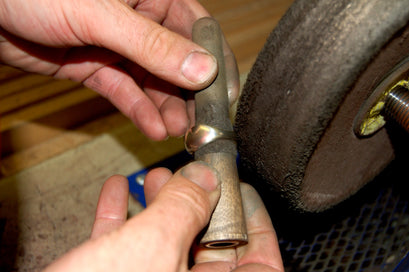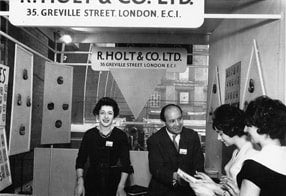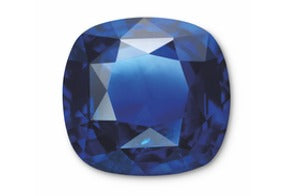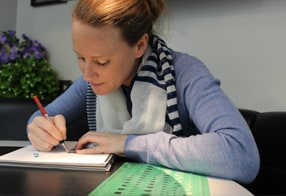Boulder opals are a perfect representation of earth, sky and sea. The ironstone host is a dusty brown colour, representative of the sandy earth you might expect from middle-Australia, where a lot of opal mines are found. Look up Coober Pedy, a small mining town north of Adelaide, and you get the idea of terrain.
But running through this ironstone host are the meandering, sometimes patchy, but forever beautifully vibrant rivers, lakes and galaxies of colourful opal. The play of colour is rife and startling. The greens and blues are a scene much like viewing earth from a great height, and the purples, pinks and yellows are how we imagine the milky way if viewed from a space station.

Opal is formed from a solution of silicon dioxide and water. As water runs down through the earth, it picks up silica from sandstone, and carries this silica-rich solution into cracks and voids in the rock leaving a silica deposit behind. This cycle repeats over very long periods of time, and eventually opal is formed in the tiny cracks in the rocks; giving us our beloved Boulder Opal.
Boulder opals are fantastic stones to work with because they’re so unusual, and so different from one another. The ironstone host makes for a durable stone, and it is more than feasible to set these wonders in jewellery. More feasible in fact than setting solid opal, as they don’t crack and craze in the same way. Much like picture jasper, opals tell the story of a landscape, but it is up to the beholder to decipher what that landscape is and interpret it for themselves.

See a selection of our story telling Boulder Opals available on our new Holts Lapidary Website


















